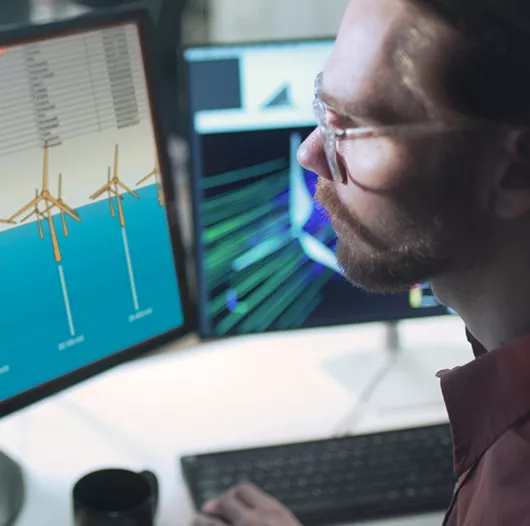Decarbonization & the Data Paradox


It’s no secret that the exponential increase in the extraction, transfer, and storage of intelligence – from behavioral customer data to unstructured sensor data – results in an increase energy consumption. On the other hand, that newly created intelligence is likely to hold the key to addressing our collective abilities to reduce the carbon footprint.
In other words, data-driven organizations are smarter organizations and smarter organizations have the potential to plot a way out of the current climate crisis. This data paradox was at the heart of a recent CIONET/Hitachi Vantara executive dinner where leading IT decision makers from across the economy gathered. Dubbed, “Decarbonizing Your Data Centre: For the Good of the Planet and Your Business Too,” the event attracted technology leaders from financial services, construction, legal services, transportation, and other companies.
During this evening session, held at the Hotel D’Angleterre, in Copenhagen, the assembled identified the challenges of environmental sustainability and discussed the potential tactics and strategies of meeting those challenges. Specifically, they questioned how an organization can address sustainability through the prism of infrastructure, application modernisation, and data management?
For starters, organisations must contemplate the complete lifecycle impact of their technology deployment. Consider, for example, a storage product where 80% of carbon emissions are related to its use after it is sold. Or that data-driven services that use AI increase energy consumption by placing a disproportionate workload on the infrastructure.
In fact, as discussed during our roundtable, AI workloads increased more than 300,000 times between 2012 and 2018 and are now doubling every two months. Such workloads require a huge amount of energy to run. Back to the data paradox – but what if an AI workload is designed to reduce the total fossil fuel for the transportation sector? Obviously, it can be considered as green AI. Conversely, badly written AI that just consumes energy in the data center without bringing down fossil fuel reduction should be seen as red AI.
While it's easy to think of the transportation or aviation sectors when discussing carbon footprint, because these elements exist in the physical world, data is much harder to virtualize and make tangible. Of course, data does not have a physical mass. But it still exists across our data centers and cloud providers. And with this existence comes its own carbon footprint, whether it is actively used or not.
During the session it was noted that 126 banks have joined forces to follow the commitment to the Net-Zero Banking Alliance Agreement from the United Nations. Major global banks are following this agreement and are now working on sustainable industry practice to speed up the process. It was discussed how IT can help with application modernization, data management and infrastructure modernization.
Decarbonization requires a mindset shift. It requires simplification, consolidation, and automation infrastructure before engaging in data and application modernization. Few of those around the roundtable in Copenhagen were directly measured against sustainability targets but most were aware of a wider obligation. For example, one delegate, taking a minority position, put it bluntly: “We are dealing with one issue at a time,” he said. “Right now, it’s governance and compliance. Sustainability will come next.” Meanwhile, another acknowledged that action was required now. “It’s about getting my energy consumption under control,” he said.
The truth is, decarbonization and decarbonization of the data center in particular, is a big opportunity for organizations looking to start getting control of their carbon footprint. In fact, it’s beginning to impact purchasing decisions as most organizations are starting to include environmental, social, and governance (ESG) conditions in their technology and service requests for proposals (RFPs). As was discussed in Copenhagen, there’s no reason to delay the modernization of the data center. As data volumes continue to expand, and AI workloads demand greater compute resources, only by attacking the data center will you begin to reconcile the data paradox.

Tom has +30 years' experience in data center modernization, from compute and data infrastructure to hybrid and multicloud, applications, DataOps and big data analytics. He writes extensively about technology and advocates for sustainability and social innovation.